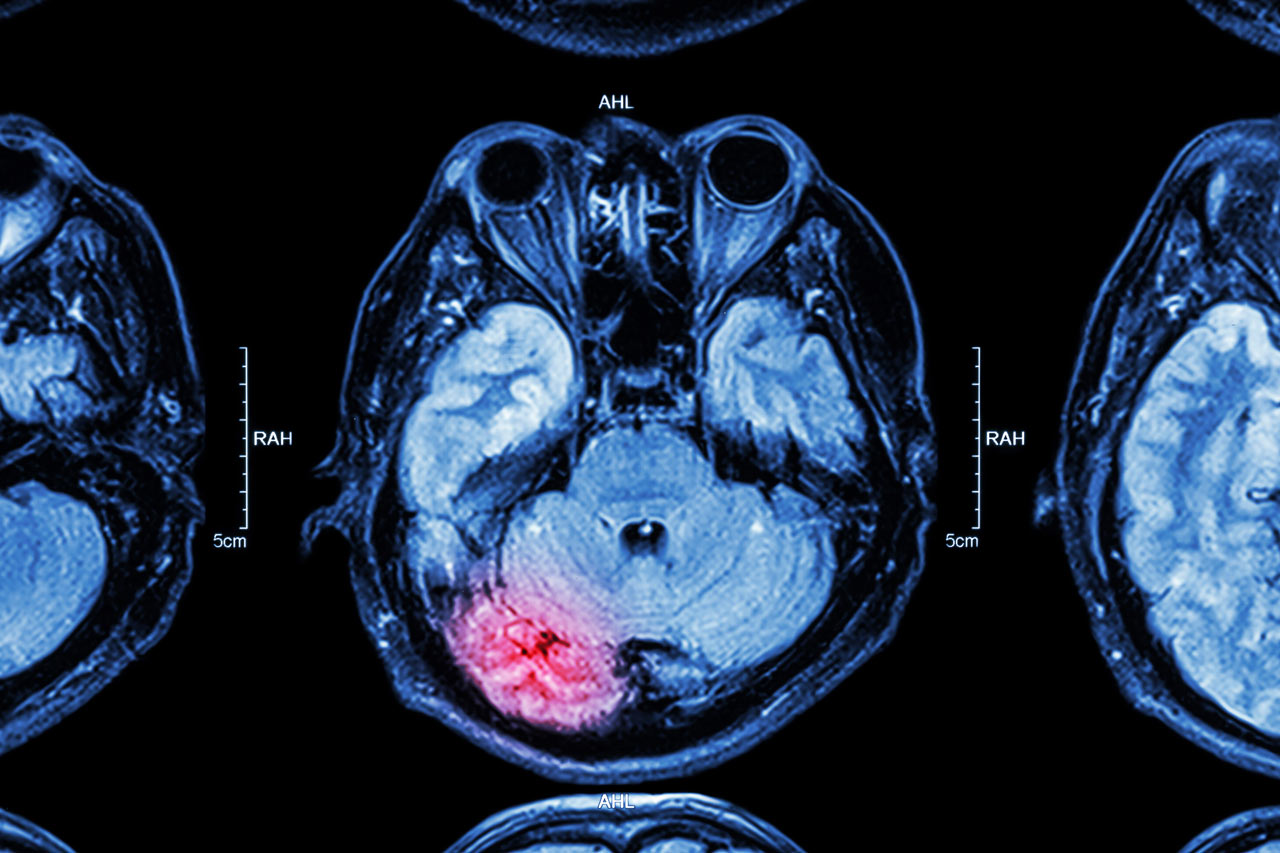Specialized Home Care in New York from Caring Professionals
Traumatic Brain Injury Waiver Nursing Home Transition and Diversion
The Traumatic Brain Injury Waiver
Introduction to the HCBS/TBI Waiver Program.
The HCBS/TBI Waiver, part of New York State's initiative, is designed to assist individuals with Traumatic Brain Injury (TBI) in transitioning from nursing homes to community living, or in avoiding nursing homes. This program offers a range of Medicaid-funded services tailored to the unique needs of TBI individuals, enhancing their independence and quality of life in a community setting. Our goal is to empower those with TBI, providing necessary support for a fulfilling life in the community. This program reflects our commitment to promoting independence and dignity for individuals living with Traumatic Brain Injury.
Eligibility and Enrollment Process
Who is Elegible?
The Traumatic Brain Injury Waiver is designed for individuals who meet the following criteria:
- Diagnosed with Traumatic Brain Injury (TBI) or a related condition.
- Eligible for nursing facility level of care.
- Enrolled in the Medicaid program.
- Aged between 18 and 64 years, and sustained the injury post 18 years of age.
Enrollment Process
Enrollment in the HCBS/TBI Waiver Program involves a few key steps:
- Initial Consultation: Individuals interested in the program undergo an initial assessment with a Regional Resource Development Specialist (RRDS).
- Selection of Services: The RRDS helps each applicant understand the program and assists in selecting a suitable service coordinator.
- Service Plan Development: The service coordinator, in collaboration with the individual, compiles necessary documentation for eligibility and develops a personalized Service Plan. This plan outlines the individual’s interests, strengths, and goals, ensuring a tailored approach to their care.
Role of the RRDS
The RRDS plays a pivotal role in educating individuals about the waiver program and ensuring that the service plans meet the program’s standards. They are instrumental in guiding participants through the process, from initial consultation to the approval of service plans.

Comprehensive Support
Our approach is holistic, ensuring that every participant receives the care and support tailored to their unique needs and preferences. This program not only provides medical and rehabilitation services but also emphasizes the importance of community integration and personal development.

The Nursing Home Transition and Diversion (NHTD) Waiver Program
Introduction to the NHTD Waiver Program.
The Nursing Home Transition and Diversion (NHTD) program is a home and community-based initiative by New York's Medicaid. It assists seniors and those with physical disabilities to live in community settings rather than in nursing homes or other institutions. The program upholds the rights of individuals to control their lives, manage risks, and learn from experiences, balancing these with the responsibility to ensure participants' health and welfare in the community.
Eligibility Criteria
To be considered for the NHTD program, individuals must:
- Be eligible for community-based Medicaid.
- Need nursing home level care.
- Be between 18-64 with a verified physical disability or be 65 or older when applying.
- Live safely in the community with available services and supports.
Individuals in certain programs (like HARP, Health Homes, MLTC, PACE, or CMCM) or living in specific care settings (like the Assisted Living Program) are not eligible unless they disenroll from these programs.
Who are the RRDC?
The Regional Resource Development Center (RRDC) plays a crucial role in the NHTD program. RRDCs are regional entities responsible for managing and overseeing the application process for the NHTD waiver. They serve as the primary point of contact for individuals seeking to enroll in the program.

RRDC Functions
- Assessment and Referral: RRDCs assess the eligibility of applicants and facilitate referrals to appropriate services.
- Guidance and Information: They provide detailed information about the NHTD program, available services, and help applicants understand the Service Plan development process.
- Service Coordinator Selection: RRDCs assist applicants in choosing a Service Coordinator who will aid in developing an Individual Service Plan and navigating the application process.
- Approval and Oversight: They approve applications for participation in the NHTD program and ensure that the services provided meet the program’s standards.
Application Process and Available Services
- For Nursing Home Residents: Discuss intentions with a discharge planner, who can refer to Open Doors or the RRDC. Alternatively, contact the RRDC directly.
- For Community Residents: Reach out to the RRDC in your area to initiate the application process.
- Steps of Application: Involves meeting with the RRDC, developing an Initial Service Plan with a Service Coordinator, and completing required documentation.
Available Services
Participants in the NHTD program can access a variety of services, including:
- Assistive Technology
- Community Integration Counseling
- Environmental Modifications
- Home and Community Support Services
- Independent Living Skills Training
- And more services focusing on enhancing independence and community living.
Application Process Details:
Step 1: Referral to the RRDC.
Step 2: Intake meeting with the RRDC.
Step 3: Selecting a Service Coordination provider.
Step 4: Completion and submission of the application.
Step 5: RRDC reviews the application and makes an eligibility decision.
Step 6: Issuance of a Notice of Decision.
Step 7: Participation and service renewal, with annual reviews and plan adjustments.